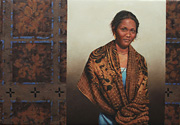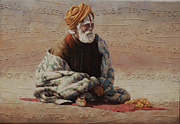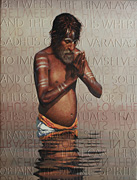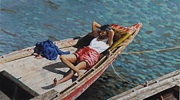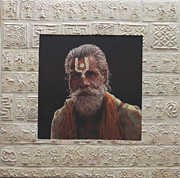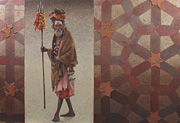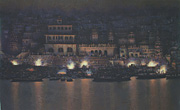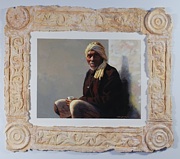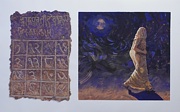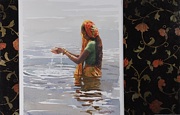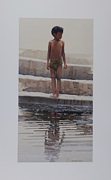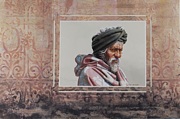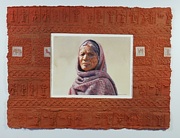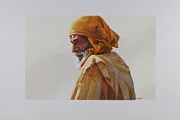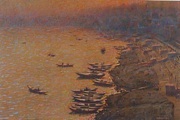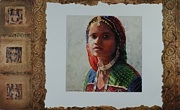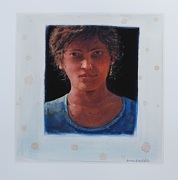Allen Smutylo: 2011: Varanasi & Rajasthan
[One in a series of trips, 1995 to 2013.]
Once again I returned to India, with three main destinations.
First, I went back to my old stomping grounds in Ladakh to see friends, visit the Kharnakpa nomads at their winter camp in Dat, deep in the Himalaya and to deliver some funds, previously raised in Grey and Bruce counties, for Ladakh's August 2010 flood victims.
After that I returned to Delhi and traveled east to the city of Varanasi on the River Ganges. This is perhaps the most sacred site in the world for Hindu people. I stayed for over a week, observing and documenting the activities along the river ghats. The happenings there, in their totality, can only be described as utterly bizarre; in that the river had the faith based adoration of a billion people and at the same time was one of the most defiled waterways in the world. Below is an excerpt from Varanasi, of a story I wrote about the experience.
After Varanasi I traveled to the west side of India, to the state of Rajasthan. Outside of the desert town of Jaisalmer, I hired a camel and a camel man and the two of us traveled for three days, near the Pakistan border. This gave me a taste of the amazing life in the desert villages that dot the Great Thar Desert.
Paintings + Prints: | 2013: Ghana - West Africa | 2012:Thar Desert | 2011:Varanasi & Rajasthan | 2010:Nomad Memoir | 2010:Sea of Cortez | 2008:Brokpa | 2007:Ladakh-Winter | 2007:Italy | 2006:Kharnak | 2005:Changpa | 2004:Patagonia | 2003:Nomads | 2002:Ladakh | 2001:Zanskar | 2001:Antarctica | 2000:Bylot Is. Cont'd 1999:Bylot Is. | 1998:Buchanan Bay | 1997:Greenland | 1995-6:Whales
